Watching a video on combustion analysis? Blocked. Trying to send a message to your team’s GroupMe? Blocked. Trying to use services like Flickr and Imgur to make your French presentation? Blocked. And if you try a simple Google search? It can take up to 10 seconds just to load your results.
In nearly every class, students face some minor obstacle due to district technology’s implementation of a new online content-filtering system.
Over the past two years, Parkway has made the shift from using GoGuardian, a technology software intended for schools, to a combination of software-level and network-level to create a safer digital environment for its students.
Whenever you access a website on district networks from a personal device, the browser has to look up the IP address in the Domain Name System (DNS) to be able to connect to the website. To block websites the district doesn’t want you accessing on your personal devices, however, Parkway’s server returns an inaccurate IP address and your computer tells you the website cannot be found.
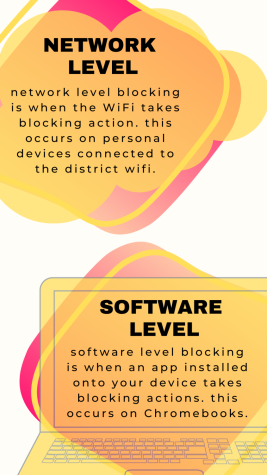
“You can kind of think about it like a phonebook. You have to look up the name of your contact and find the phone number to make a call, but Parkway returns a phone number that isn’t connected anywhere, so your call doesn’t go through. They just changed the entries,” one student explained. The student wished to remain anonymous.
Switching to a new blocking system, especially one that relies heavily on keyword matching, is bound to have a trial and error period where the blocking mechanisms may not be perfect.
“Even a human can’t decide what’s appropriate or not, because it also depends on how you were raised and what your personal ideology is. A computer system can’t even take that into account,” the anonymous student said.
Many students bring their own personal devices with data plans or hotspots to school to try and circumvent the excessive blocking; this, however, raises equity issues for senior David Meisinger.
“I use my personal laptop so I get around a lot of it because I cannot work on a Chromebook and access what I need to be able to access,” Meisinger said. “If I was somebody who couldn’t afford my own laptop, however— that’s kind of a disadvantage. That doesn’t make sense.”
Phones, hotspots and personal laptops allow some students to access educational websites that may have been blocked on chromebooks, creating inequity in access to learning.
“You look around and students are on YouTube or social media. How come they can [access social media] but we can’t use the video that is educational?” French teacher Nabila Harig said. “If you prevent us from having the right websites because you’re afraid of students going on inappropriate sites, then you’re punishing [teachers] more than you’re punishing students.”
The excessive blocking of websites is especially frustrating for language teachers as they moved away from traditional textbook and paper activities to mostly online activities in recent years.
“On our side as a teacher, we don’t see if something is blocked, and by the time we’re teaching a class, we’re stuck. If the video doesn’t work— and they’re all blocked anyway— there’s always a problem because we don’t have workbooks or paper activities,” Harig said. “I wait for [IT] to deblock it, I lose my plan and all these questions I spent my time preparing [can’t be used].”
The switch in blocking systems presents issues not only for students and teachers, but also the district’s technology departments, who face the challenge of finding an equitable method of censoring websites during school hours.
“I have a bit of sympathy for these people because while I sometimes get mad, I have to remember that this is not an easy issue to deal with in terms of what students can do,” Meisinger said. “One person sending this communication is pretty easy to dismiss but if there’s a lot more people saying ‘Hey, this is a problem,’ maybe that could actually garner some attention.”
Technology Specialist Hal Brown fields numerous requests from teachers to unblock certain sites as the district works out the inconsistencies. We all need to be patient together.
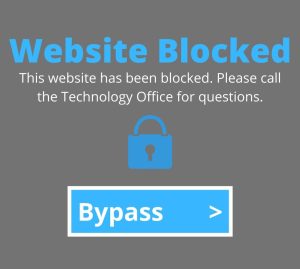
“Requests to have sites unblocked [are] already starting to taper off. For all the student frustration with this, they’ve unblocked a whole bunch of sites. [It] came as a surprise to me that they were even willing to unblock [these]. [For example] last year, [the] majority of music sites were blocked. This year, they’re letting people stream just about anything,” Brown said.
District technology is not actively trying to create barriers to our teaching and learning. It will take time to perfect the system, and the issue is already on the mend. Let’s give a little grace.
“This system is going to take time, months, to find tools, to get to the point where most of what you should have [access to] is accessible,” Brown said. “The misconception is that people in the district are just saying we’re just going to block as much as we can. That’s not true at all.”

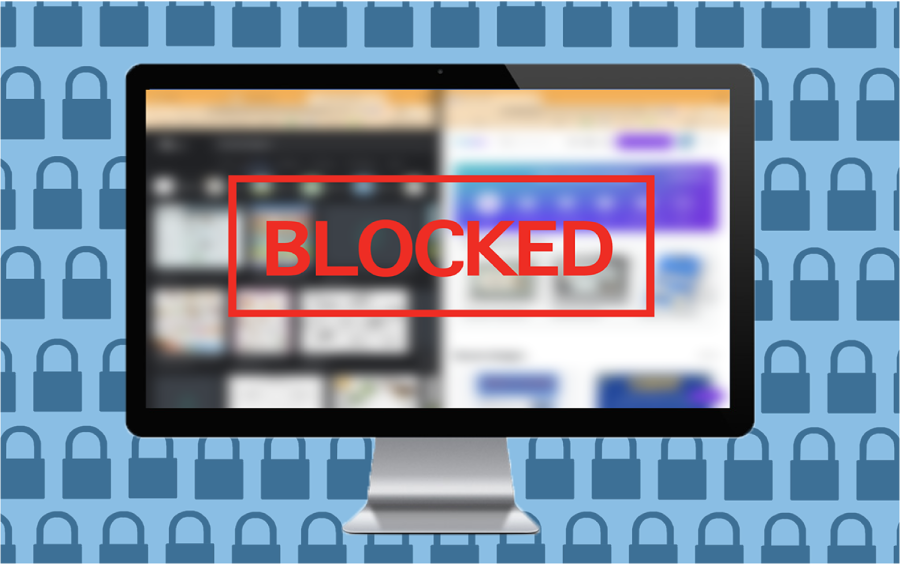
![Dressed up as the varsity girls’ tennis coach Katelyn Arenos, senior Kate Johnson and junior Mireya David hand out candy at West High’s annual trunk or treat event. This year, the trunk or treat was moved inside as a result of adverse weather. “As a senior, I care less about Halloween now. Teachers will bring their kids and families [to West’s Trunk or Treat], but there were fewer [this year] because they just thought it was canceled [due to the] rain. [With] Halloween, I think you care less the older you get,” Johnson said.](https://pwestpathfinder.com/wp-content/uploads/2025/10/DSC00892-1-1200x800.jpg)
![Leaning on the podium, superintendent Melissa Schneider speaks to Parkway journalism students during a press conference. Schneider joined Parkway in July after working in the Thompson School District in Colorado. “My plan [to bond with students] is to get things on my calendar as much as possible. For example, being in [classes] is very special to me. I am trying to be opportunistic [meeting] kids [and] being in [the school] buildings. I have all the sports schedules and the fine arts schedules on my calendar, so that when I'm available, I can get to them,” Schneider said.](https://pwestpathfinder.com/wp-content/uploads/2025/09/IMG_5425-1200x943.jpeg)

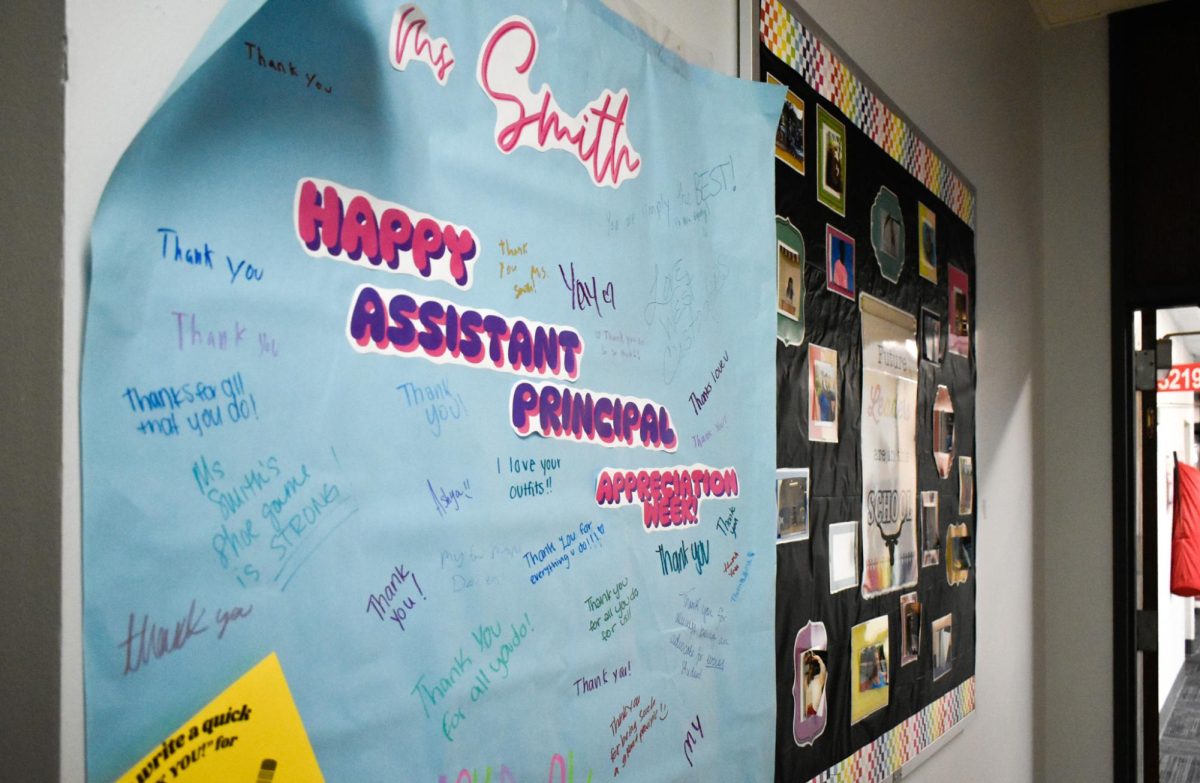
![Red, white and blue, the American flag holds the values of our democracy. The fight that we once endured has returned, as student journalists and senior correspondents across the country are losing their voices due to government control. “[Are] the White House and [the] government limiting free speech [and] freedom of the press? Yes [they are],” chief communications officer of the Parkway School District and former journalist Elisa Tomich said.](https://pwestpathfinder.com/wp-content/uploads/2025/03/Untitled-design-14.jpg)
![A board in the Parkway West counseling department displays pennants of selective universities. With a wide range of students interested in attending, it’s important that these schools have clear priorities when deciding who to admit. “[Washington University] had the major that I wanted, psychology, philosophy, neuroscience. That's a holistic study of the brain, and [WashU is] the only college in the world that offers that. That's the main reason I wanted to go; I got into that program,” senior Dima Layth said.](https://pwestpathfinder.com/wp-content/uploads/2025/02/Flag-1.png)
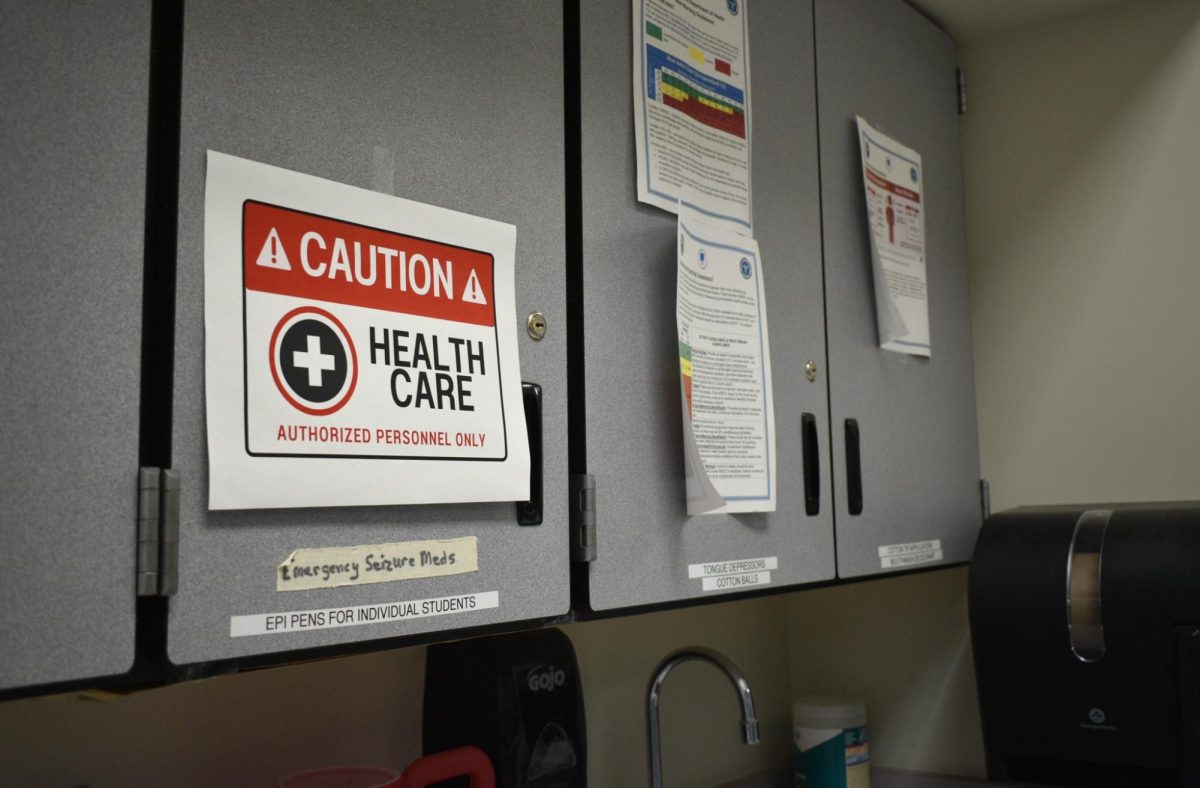
![Within the U.S., the busiest shopping period of the year is Cyber Week, the time from Thanksgiving through Black Friday and Cyber Monday. This year, shoppers spent $13.3 billion on Cyber Monday, which is a 7.3% year-over-year increase from 2023. “When I was younger, I would always be out with my mom getting Christmas gifts or just shopping in general. Now, as she has gotten older, I've noticed [that almost] every day, I'll open the front door and there's three packages that my mom has ordered. Part of that is she just doesn't always have the time to go to a store for 30 minutes to an hour, but the other part is when she gets bored, she has easy access to [shopping],” junior Grace Garetson said.](https://pwestpathfinder.com/wp-content/uploads/2024/12/DSC_0249.JPG-1200x801.jpg)
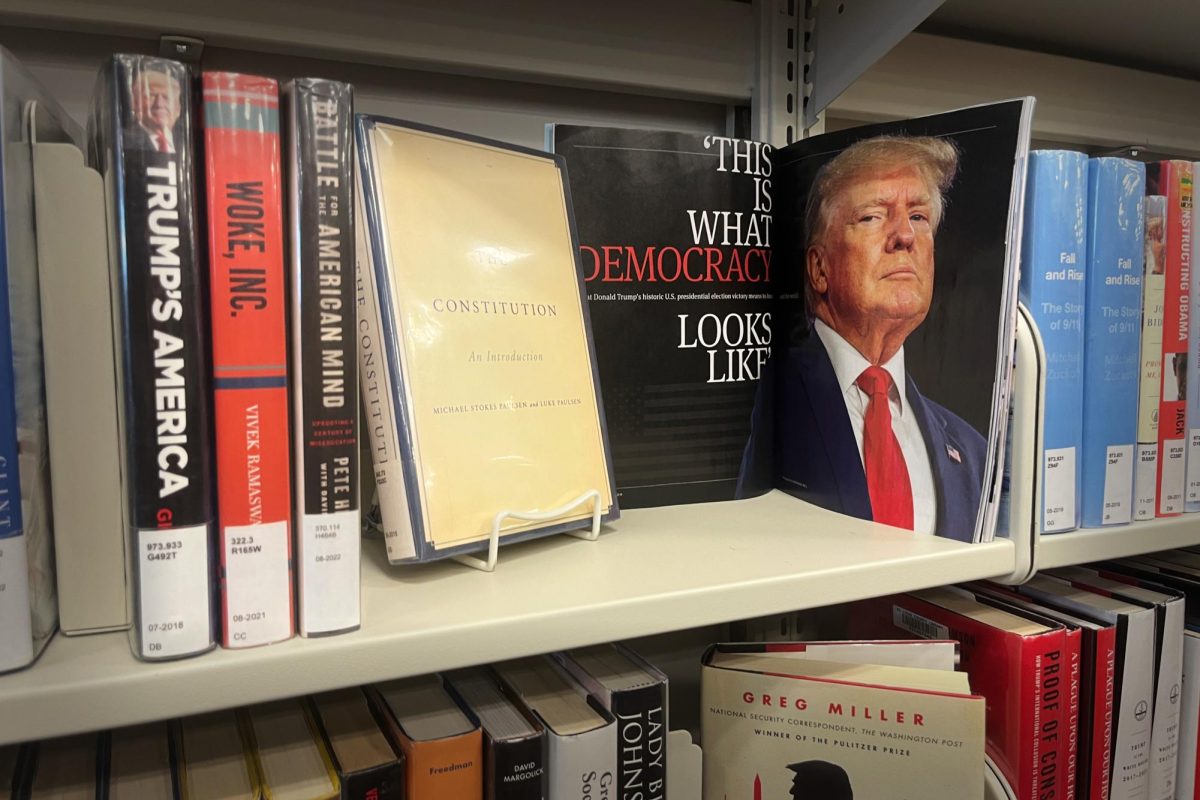
![Senior Sally Peters stands in the history hallway, contemplating her choices in the 2024 United States and Missouri elections on Nov. 5. As a member of Diplomacy Club, Peters has discussed key candidates and issues in contemporary American politics. “[As students], we're starting to become adults. We're realizing how much the policies that are enforced and the laws that make it through the House and Senate are starting to affect us. [Opportunities such as] AP [U.S.Government] and Diplomacy Club [make elections feel] a lot more real,” Diplomacy Club vice president and senior Nidhisha Pejathaya said.](https://pwestpathfinder.com/wp-content/uploads/2024/10/Flag-1-1.png)
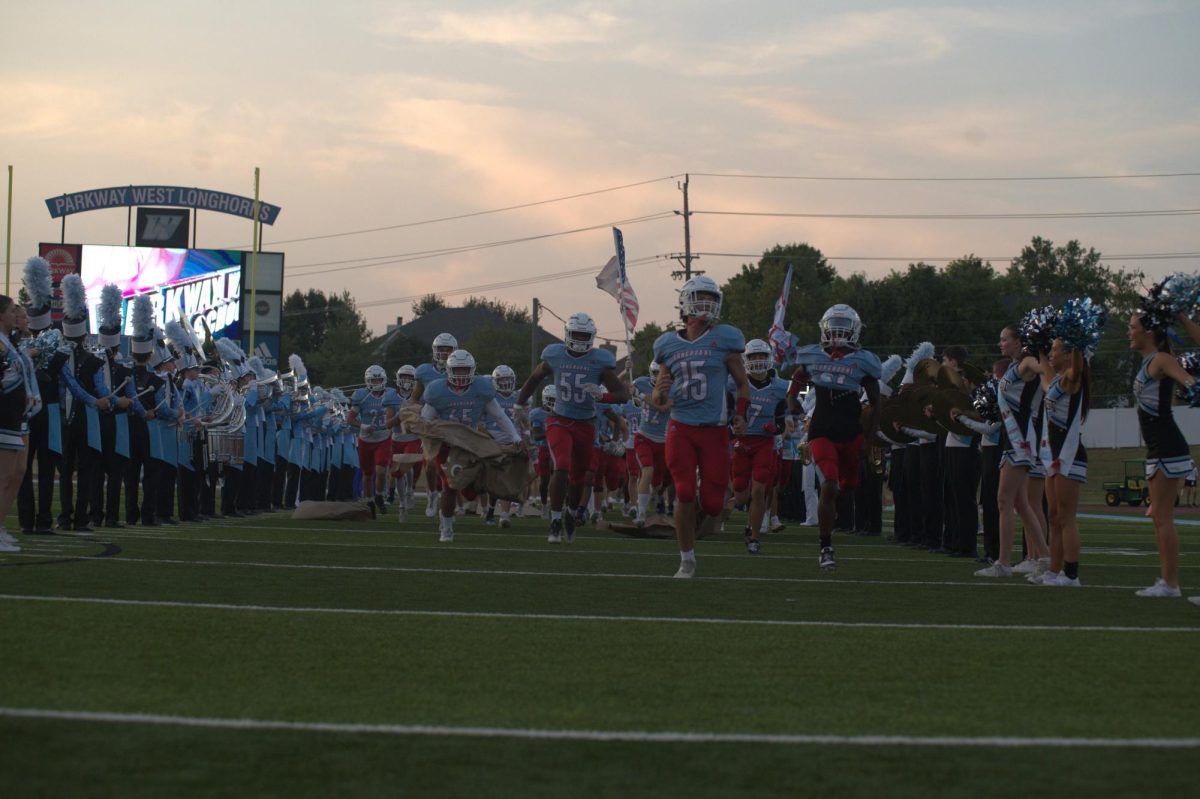
![Sophomore Shree Sikkal Kumar serves the ball across the court in a match against Lindbergh. Sikkal Kumar has been a varsity member of the varsity girls’ tennis team for two years, helping her earn the number two rank in Class 2 District 2.“When matches are close, it’s easy to get nervous, but I [ground] myself by[staying] confident and ready to play,” Sikkal Kumar said.](https://pwestpathfinder.com/wp-content/uploads/2025/11/DSC2801-1200x798.jpg)
![Focused on providing exceptional service, sophomore Darsh Mahapatra carefully cleans the door of a customer’s car. Mahapatra has always believed his customers deserve nothing less than the best. “[If] they’re trusting us with their car and our service, then I am convinced that they deserve our 100 percent effort and beyond,” Mahapatra said.](https://pwestpathfinder.com/wp-content/uploads/2025/10/DSC_0018-1200x800.jpg)
![Sophomore Aleix Pi de Cabanyes Navarro (left) finishes up a soccer game while junior Ava Muench (right) warms up for cross country practice. The two came to Parkway West High School as exchange students for the 2025-2026 school year. “The goal for the [exchange] program is to provide opportunities for both Parkway students and our international exchange students to learn about other cultures, build connections and become confident, capable, curious and caring — Parkway’s Four C’s — in the process,” Exchange Program Lead Lauren Farrelly said.](https://pwestpathfinder.com/wp-content/uploads/2025/10/Feature-Photo-1200x800.png)
![Gazing across the stage, sophomore Alexis Monteleone performs in the school theater. The Monteleone family’s band “Monte and the Machine” has been releasing music since 2012, but Alexis started her own solo career in 2024 with the release of her first single, Crying Skies. “My whole family is very musical, [and I especially] love writing [songs with them],” Monteleone said.](https://pwestpathfinder.com/wp-content/uploads/2025/09/DSC7463-1200x798.jpg)

![Leaping through the air, senior Tyler Watts celebrates his first goal of the season, which put the Longhorns up 1-0 against the Lafayette Lancers. Watts decided to play soccer for West for his last year of high school and secured a spot on the varsity roster. “[Playing soccer for West] is something I had always dreamed of, but hadn’t really had a good opportunity to do until now. It’s [really] fun being out [on the field], and I’m glad I decided to join the team. It’s just all about having fun with the boys and enjoying what time we have left together,” Watts said.](https://pwestpathfinder.com/wp-content/uploads/2025/09/DSC_1951-1200x855.jpg)
![Shifting global trade, President Donald Trump’s tariffs are raising concerns about economic stability for the U.S. and other countries alike. “[The tariffs are] going to pose a distinct challenge to the U.S. economy and a challenge to the global economy on the whole because it's going to greatly upset who trades with who and where resources and products are going to come from,” social studies teacher Melvin Trotier said.](https://pwestpathfinder.com/wp-content/uploads/2025/05/MDB_3456-1200x800.jpg)

![Pitching the ball on Apr. 14, senior Henry Wild and his team play against Belleville East. Wild was named scholar athlete of the year by St. Louis Post-Dispatch after maintaining a high cumulative GPA and staying involved with athletics for all of high school. “It’s an amazing honor. I feel very blessed to have the opportunity to represent my school [and] what [it] stands for,” Wild said.](https://pwestpathfinder.com/wp-content/uploads/2025/05/unnamed-6-1200x714.jpg)

GoldenGuy27YT • Sep 22, 2025 at 8:19 am
GoGuardian sucks frfr
Lucy D. • Nov 3, 2021 at 8:10 pm
Finally, someone who agrees! We need to practice peaceful protest by persistently going on sites that are blocked. That will force the district to change it!